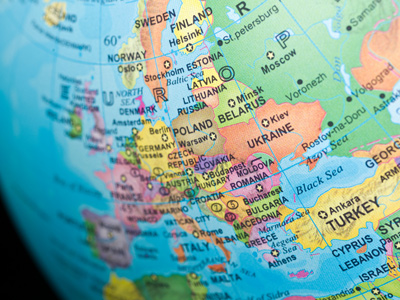As part of your high school geography studies, you are expected to be able to use a variety of different maps, including those found in atlases and maps produced by the Ordnance Survey. You are also expected to have learned how to draw simple maps. Your knowledge of maps and mapping is one of the assessment criteria for the exams.
Maps are not a realistic representation of the world, map makers use a system of symbols to convey their information. They can take many forms, depending on its intended use. A road map, road atlas or Ordnance Survey map is intended to be used for navigation whereas the maps in a geographical atlas are intended to convey information. They have limited use for navigation as they are drawn on too small a scale.
This information provides geographers with details such as land use, population density, country boundaries, regional boundaries and political boundaries. The first known maps were made on clay tablets by the Babylonian civilization over 4000 years ago. The ancient Greeks and the Romans also had maps. In the Middle Ages, maps were generally religious and were often centered on the town of Jerusalem.
Before the invention of printing techniques, maps were all hand-drawn and extremely rare. The great age of exploration by Europeans began in the sixteenth century and the first world maps were created. It was quickly realized that representing the curved surface of the Earth on a flat two-dimensional piece of paper was difficult. In the mid-sixteenth century, the leading cartographer (a person who drew maps) Gerardus Mercator of Belgium developed a system that is still widely used today.
The accuracy of maps increased during the following centuries as more scientific surveying methods were developed. In 1747, the Ministry of Defense was called the Board of Ordnance and they began to create maps to help with more efficient troop movements. This first mapping survey took about 7 years to complete and covered only Scotland. Following this, the leader of the mapping team persuaded the Board of Ordnance to extend the mapping to cover the whole of Britain and in 1791, the Ordnance Survey was born.
A map showing the whole world in detail would need to be very large so when you see a poster-sized map, it will only show the main features of the different countries like the main rivers, mountain ranges and capital cities. In order to show each country in more detail, maps showing the individual countries and regions are published together in an atlas. An atlas is more than just a book of maps, it includes a lot of other data too.








